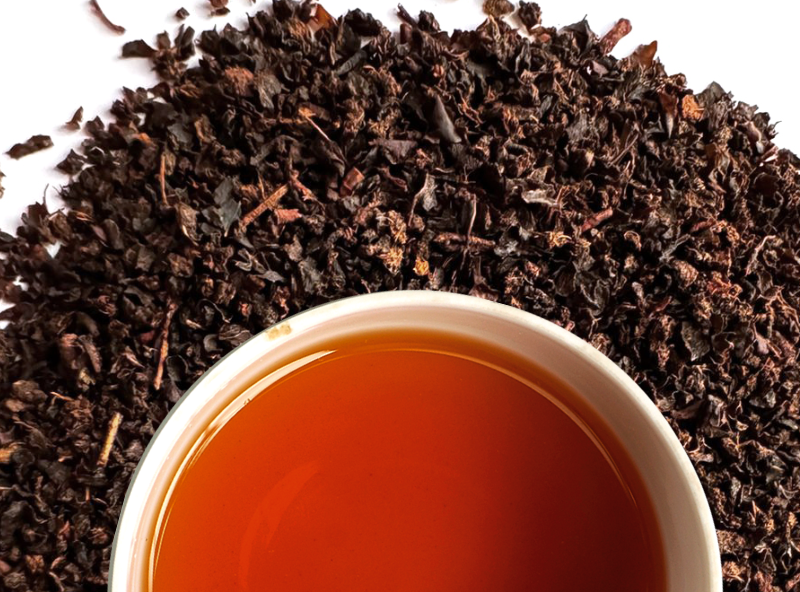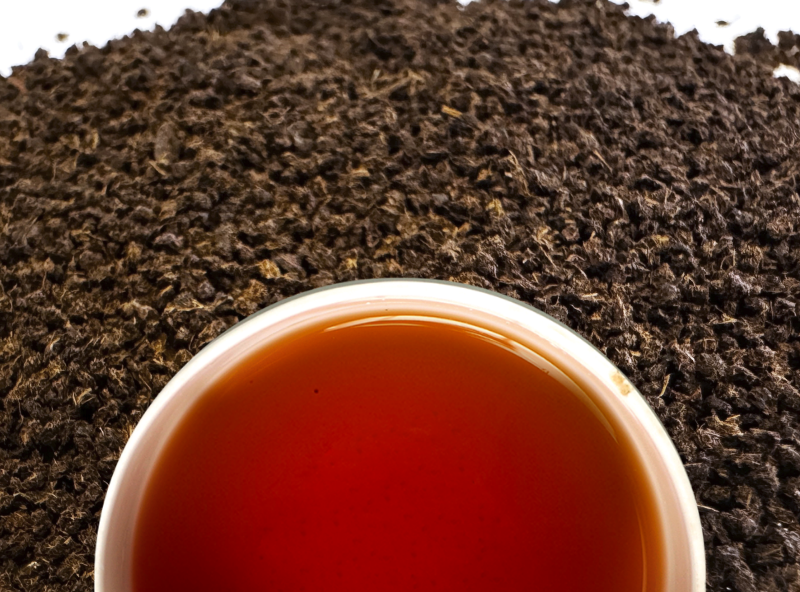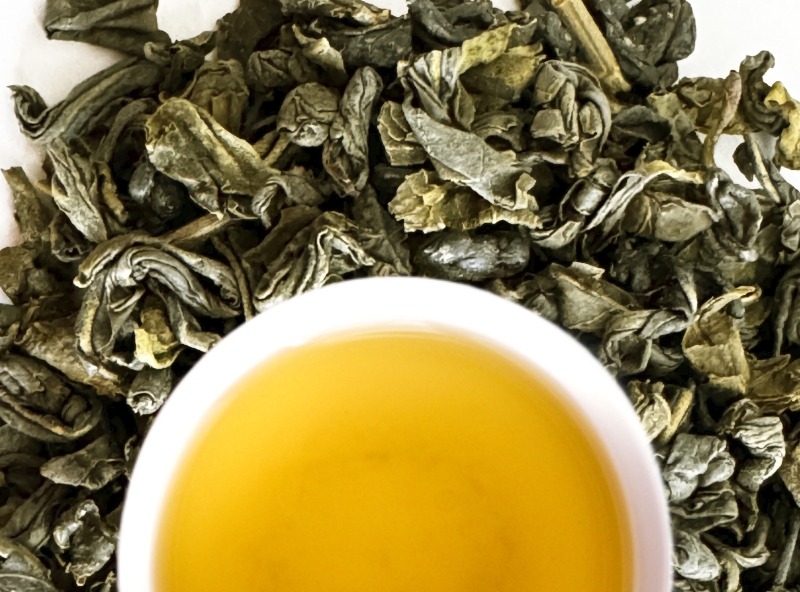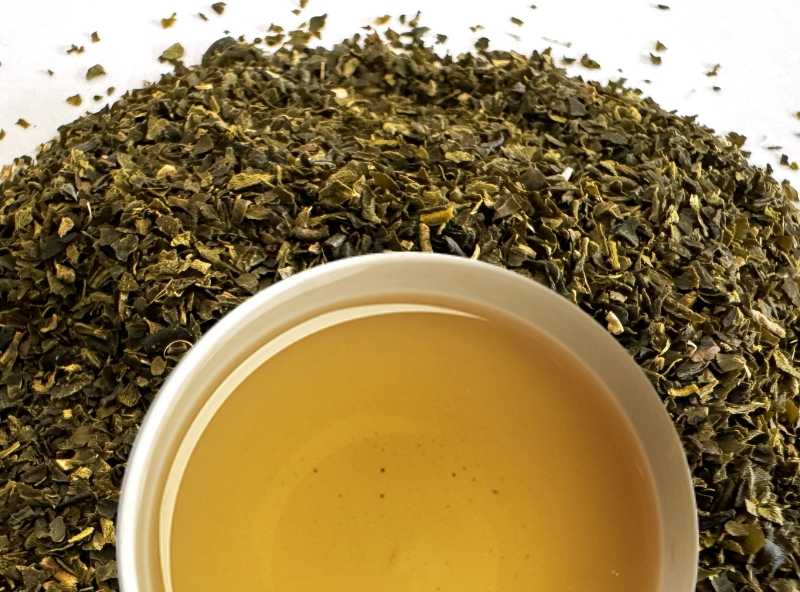

The selection of tea leaf cultivars sets the foundation for potential flavor development. Each cultivar’s unique genetic blueprint influences its inherent characteristics, such as aroma compounds (floral, fruity, or spicy notes) and leaf chemistry (polyphenols and amino acids). Agroclimatic conditions and altitude, akin to fine wine, contribute to a tea’s terroir, including altitude’s impact on growth and aromatic complexity, soil composition’s influence on mineral profile, and microclimates within tea estates. Weather also plays a dynamic role, with temperature fluctuations affecting flavor compound accumulation, rainfall patterns influencing intensity, and sunlight balance contributing to photosynthesis and aroma development. The true beauty lies in the interaction between the selected cultivar and its growing environment, unlocking a cultivar’s full flavor potential.

For a delicate, nuanced
flavor experience
142 years

Offering a brighter, more
complex profile
125 years

For a delicate, nuanced
flavor experience

strong, astringent character,
making them well-suited for blends and classic
black tea profiles.
strong, astringent character,making them well-suited for blends and classic black tea profiles.
The Orthodox method is the most traditional tea processing style, emphasizing the preservation of whole tea leaves. It involves withering, rolling (to gently break the leaves and release enzymes), oxidation, and drying. Orthodox processing is renowned for producing complex, nuanced flavors and aromas, and is the method of choice for premium loose leaf black, oolong, and some white teas.










Withering is the crucial first step in tea production after the leaves are plucked. It’s a delicate dance of time and temperature, gently removing moisture to prepare the leaves for further processing. This age-old technique, with its roots dating back centuries, unlocks the full potential of the tea leaves, transforming them into the flavorful beverages we know and love.
Oxidation, the enzymatic browning process that follows leaf withering, plays a starring role in the world of tea. It’s the magic touch that transforms green leaves into the diverse spectrum of teas we know and love. Let’s delve into the fascinating interplay between oxidation levels, aroma, and the final cup’s color
Drying is the final act in the tea-making play, where the leaves shed their remaining moisture and transform into the brew we cherish. This crucial step not only seizes the oxidation process, halting the enzymatic browning, but also extends the shelf life of the tea to a remarkable 2-3 years. Just like withering and oxidation, drying methods play a significant role in shaping the final product
The Rotavane process focuses on the mechanical breakdown of tea leaves to produce bold, robust teas. While weather conditions during tea growth can influence leaf characteristics, the Rotavane stage itself primarily takes place indoors. However, variations in the degree of withering prior to the Rotavane process, along with potential adjustments to machine speeds, could introduce “light, medium, and hard” customization within Rotavane tea production.





CTC stands for “Cut, Tear, Curl.” This method is even more intensive than rotorvane, designed for maximum efficiency and rapid oxidation. Tea leaves are passed through rollers with hundreds of tiny teeth that shred and curl the leaves into tiny granules. The resulting tea produces a very strong, dark brew with high caffeine content, popular for mass-market tea bags.




Withering is the crucial first step in tea production after the leaves are plucked. It’s a delicate dance of time and temperature, gently removing moisture to prepare the leaves for further processing. This age-old technique, with its roots dating back centuries, unlocks the full potential of the tea leaves, transforming them into the flavorful beverages we know and love.
Withered tea leaves are fed into the CTC machine, which consists of two counter-rotating rollers with hundreds of sharp teeth. As the leaves pass through the rollers, they’re subjected to intense pressure, crushing, tearing, and curling them into small, uniform particles.
This drastic reduction in particle size maximizes surface area, allowing for faster and more even extraction of tea liquor during brewing.
Rapid and Complete: Due to the small particle size in CTC teas, oxidation happens incredibly quickly, usually within 30-90 minutes. The goal is generally full oxidation to produce a strong, dark tea liquor.Controlled Environment: Oxidation takes place in specialized fermentation rooms or continuous conveyor belts with controlled temperature and humidity.
Approximating Low, Medium, High:
High-temperature drying in CTC halts remaining enzymatic activity, locks in flavor, and reduces moisture for storage (around 2-3%). This ensures a stable, robust CTC tea ready for further processing
Green tea undergoes minimal processing to prevent oxidation and preserve the fresh, vegetal character of the leaves. After plucking, leaves are either steamed (Japanese style) or pan-fired (Chinese style) to quickly halt the enzymatic activity that causes browning. Next, they are rolled and dried. Green tea offers a delicate flavor profile with grassy, sometimes slightly sweet notes.






The steaming process, essential for halting oxidation in green tea, also removes some excess moisture. This effectively acts as a minimal form of pre-drying, influencing the initial moisture content entering the final drying stage
The focus is on swiftly halting oxidation to preserve freshness and vegetal notes.
While rolling in black tea helps break down cell walls to promote oxidation, rolling in green tea primarily serves two purposes:
Shaping: Rolling helps create the desired tea shape (e.g., needles, twists, curls). This is important for both aesthetic and functional reasons (how the tea unfurls when brewed).Flavor Nuances: Gentle rolling can release some additional flavor compounds and aromatic oils, subtly refining the taste profileApproximating Low, Medium, High:
Even with occasional pre-drying, the final drying stage after steaming remains crucial for green tea. Precise control of drying temperatures and durations is where Precision Tea Manufacturing (PTM) could enable nuanced variations in flavor and aroma.

PACKED AND DISTRIBUTED BY
G&G Agro Commodities (Pvt) Ltd.
(TC/E/PR/1869/1637)
2nd Floor, 168, Negambo Road, Peliyagoda,
Sri Lanka.
E: info@hattonplantations.lk
T: +94 114537728 / +94 740240994